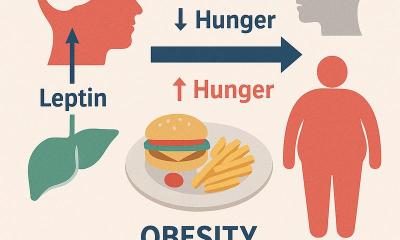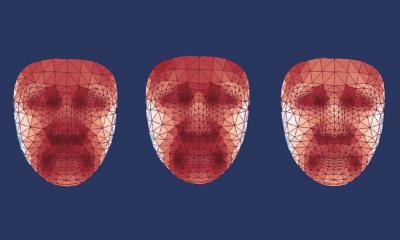Childhood metabolic measurements may predict diabetes development years later
A child's blood pressure, body mass index, blood glucose level and other laboratory tests and simple office measures may predict the risk of developing type 2 diabetes nine and 26 years later, according to a report in the January issue of Archives of Pediatrics & Adolescent Medicine, one of, one of the JAMA/Archives journals.


"In the past 25 years, the prevalences of obesity and type 2 diabetes mellitus have increased concomitantly, and the age at onset of type 2 diabetes mellitus has dropped precipitously, especially in black females," the authors write as background information in the article. Models to identify children at high and low risk of type 2 diabetes could provide diagnostic and therapeutic insights and help clinicians target prevention efforts.
John A. Morrison, Ph.D., of Cincinnati Children's Hospital Medical Center, and colleagues analyzed data from two studies. The National Growth and Health Study followed 1,067 black and white girls enrolled at ages 9 and 10 for nine years, and the Princeton Follow-up Study tracked 822 black and white schoolchildren for 22 to 30 years beginning in 1973 to 1976.
In the Princeton Follow-up Study, individuals were more likely to have diabetes at age 39 years if they had high systolic (top number) blood pressure, a high body mass index, glucose levels of at least 100 milligrams per deciliter, low high-density lipoprotein (HDL, or "good" cholesterol) levels and high triglyceride levels in childhood. "When body mass index, systolic blood pressure and diastolic [bottom number] blood pressure were all lower than the 75th percentile and there was no parental diabetes mellitus, the likelihood of children developing type 2 diabetes mellitus 22 to 30 years later was only 1 percent," the authors write.
In the National Growth and Health Study, childhood high systolic blood pressure, insulin concentration and having a parent with diabetes increased the risk of having diabetes at age 19. "If childhood body mass index, systolic blood pressure and diastolic blood pressure were all lower than the 75th percentile, the likelihood of type 2 diabetes mellitus at age 19 years was 0.2 percent, 0.2 percent if the parents were also free of diabetes mellitus and 0.3 percent if childhood insulin was also less than the 75th percentile," the authors write.
"Our data have practical clinical value in assessment of pre-teenaged and teenaged children, since children with systolic blood pressure, triglyceride, body mass index and insulin in the top fifth percentile, a glucose concentration of at least 100 milligrams per deciliter and a parent with diabetes could be targeted for primary prevention of type 2 diabetes mellitus through diet, exercise and possibly insulin-sensitizing drug intervention, with special focus on overweight children with positive family history of diabetes mellitus," they conclude.
06.01.2010











